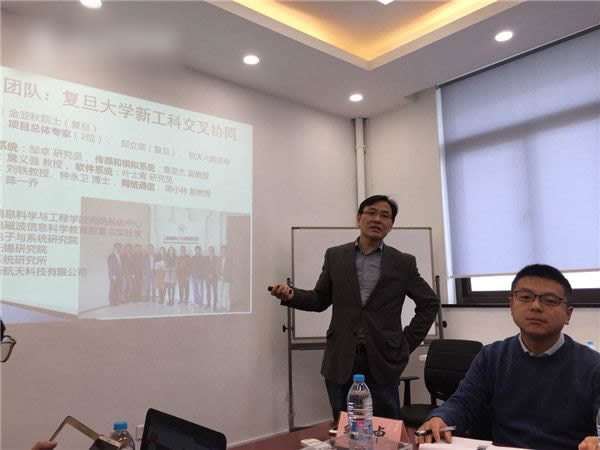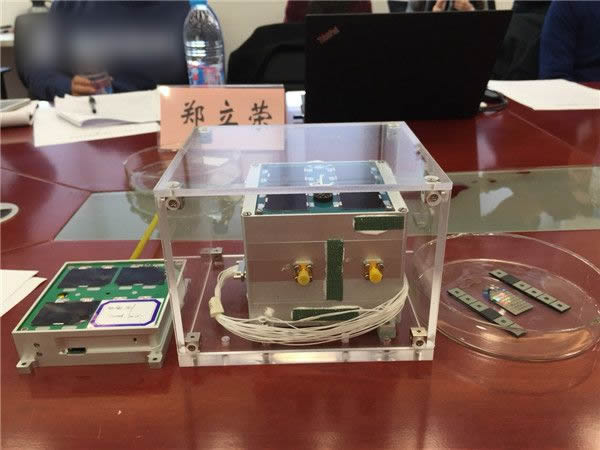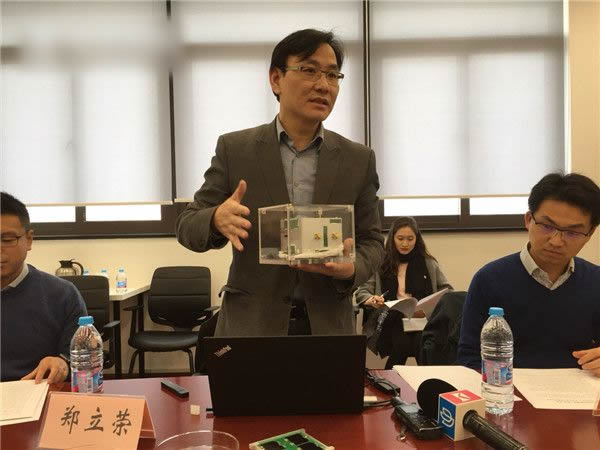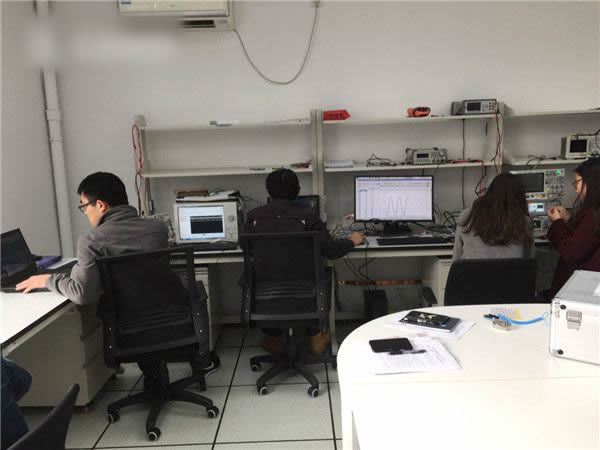The “Core Cloud†smart chip independently developed by Fudan University entered the space for the first time along with the Long March 4th carrier rocket. In other words, the scientific research team will transform the original rocket's last paragraph and the final sub-level into a very low-cost scientific experiment and communication platform, and realize that the space garbage will be turned into waste.

Today at Fudan University, the scientific research team demonstrated the intelligent system that travelled in space along with the Long March 4 rocket. It was a compact body with a weight of only 1.1 kg.
New Breakthrough: Space Refuse Becomes Treasure
After each previous rocket launch in each country, as the primary rockets, secondary rockets, and fairings were detached and returned to the ground, the final stage rockets would enter the orbit along with their payload and occupy valuable space in space for a long time. Orbital resources, which pose a security threat to space vehicles in orbit, are currently the largest space debris in space and are also a common concern of the international community.

In order to solve this problem, the Micro-Nano System Center, School of Information Science and Engineering, Fudan University, Shanghai Institute of Intelligent Electronics and Systems, Key Laboratory of Ministry of Education for Electromagnetic Wave Information Science and Technology, Fudan University, Shanghai Aerospace Systems Research Institute and Shanghai AIS Aerospace Co., Ltd. After more than two years of joint research, the research team consisting of Science and Technology Co., Ltd. has highly integrated and chipped the conventional micro-nano satellite functional modules, and the hardware resources can be reconfigured and intelligently designed to reduce its weight to 30g. Within the entire structure, the weight was reduced to 1.1 kg. Wuxi Research Institute of Fudan University participated in the implementation of specific projects.

According to team leader, project general expert and Professor Zheng Lirong of Fudan University's School of Information Science and Engineering, through the installation of this lightweight and portable smart chip system at the end of the sub-level, the team transformed the original sub-rocket end of the rocket to a very low-cost scientific experiment. And communication platform to achieve space waste "turning waste into treasure."

In this launch, researchers from both Fudan University and Aerospace Eighth Academy cleverly installed multiple sets of this chip system, built the first sub-level remaining track intelligent application platform, and conducted space-based IoT experiments. Under the relatively frequent mission of rocket launching, this method has many advantages such as short launch cycle, large number of on-orbits, and low payload cost, which is of great value for constructing future multi-track space-based information networks.
New Experiment: Autonomous Fault-Tolerant Energy Autonomy
This time, the final sub-stage load plate of the rocket used the “Core Cloud One†on-chip intelligent system chip (SoC) designed by Fudan University. The SoC integrates a sensor interface, digital sampling, high-reliability processor, a variety of information encryption technology, intelligent power management technology, and a wealth of data interfaces and network communication protocols. It is a highly integrated, fully functional, autonomous controllable Chip Satellite SoC.
Fudan University's R&D team has long been committed to establishing a computational model and topology structure with a brain-like autonomous fault tolerance capability. Inspired by the principle of brain plasticity, the team first proposed the concept of brain-like autonomous fault tolerance in the world and used it for high-reliability system chip R&D. Research shows that this architecture and traditional multimode redundancy technology are more reliable but power consumption and chip area can be greatly reduced. At the same time, the team increased the data re-use rate and reduced the data migration by optimizing the combination of dedicated instruction set customization, operation unit array, and memory access level reconfiguration, thereby improving the overall use efficiency of on-chip resources and reducing system power consumption. Related research results have been published in IEEE Transactions on Circuits and Systems, IEEE System-chip International Conference, and others.

This on-orbit test will verify the chip's autonomous fault tolerance, dynamic reconstruction, and energy autonomy. Team member and researcher Zou Zhuo of the Micro-Nano System Center at the School of Information Science and Engineering at Fudan University said: "If the experiment is successful, the system is expected to completely get rid of the backup battery. Only a few centimeters in size of the solar panel can achieve energy autonomy."
At present, the research project has received strong support from the Shanghai Science and Technology Commission and other departments.
New Application: Effectively Monitor the Internet of Everything
Using the Rocket's final sub-platform, Fudan University and Aerospace Eighth Academy jointly conducted a low-power space-based wide-area IoT experiment. Using the Internet of Things to accurately monitor the flight trajectory of the end-rocket of the rocket, measure the surrounding space environment and the long-term evolution of on-orbit attitudes, and conducted series of experiments and verifications on the system chip's own power consumption and platform energy management.
"As of December 4, 2017, the system has been in orbit for 430 hours. During the operation period, the IoT test nodes communicated with the terrestrial network stably, and the functions of returning space monitoring data and receiving ground control commands were in good condition. Qin Yajie, an associate professor at the Micro-Nano System Center of the School of Information Science and Engineering at Fudan University, said excitedly. According to the scheduled plan, the team has completed the core technology testing and verification of the on-orbit core and transferred it to the long-track phase. Subsequently, the research teams of the two parties will further develop series of experiments such as networking, routing, transmission control protocols, and streaming media distribution, and verify the chip's autonomous fault tolerance, dynamic reconstruction, and energy autonomy functions, and analyze the behavioral model of space debris.

According to project guidance, academician of the Chinese Academy of Sciences and director of the Key Laboratory of Electromagnetic Information Science at the Fudan University, Jin Yaqiu, with the implementation of China's “One Belt and One Road†initiative and the implementation of the Strategy for Ocean Power, the use of wide-area Internet of Things (IoT) for remote areas and outlying areas of China, The need for identification and monitoring in hotspots is growing. However, due to the influence of the curvature of the earth, the ground and shore-based IoT systems can cover relatively small areas. Our "core cloud" technology can cover a wide area outside the line of sight as if it were a large arm and the range of manipulation and stretching is greatly increased.
The new IoT load system built by Fudan University and the Eighth Academy of Aerospace with their respective advantageous resources, as a useful complement to the ground-based Internet of Things, can realize the interconnection of the sky, space, earth, and sea at large scale and provide big data at low cost. Applications and related services have laid a solid technical foundation for China’s follow-up research on space-based IoT, space debris monitoring, space environment exploration, and high-altitude geomagnetic surveying, and it is also an international public of rocket recycling and space debris processing. A clever and meaningful attempt at the puzzle.
Baby Sale,Baby Body Scale,Baby Body Fat Machine,Baby Body Weight Scale
Jiangyin Suofei Electronic Technology Co.,Ltd. , https://www.suofeiscales.com